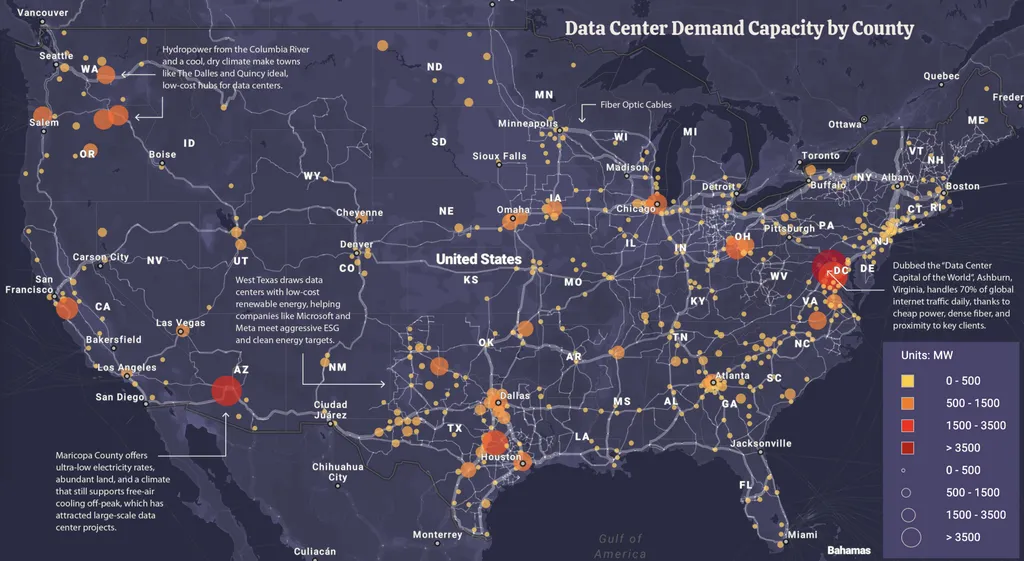Researchers from Purdue University, including Soumyendu Sarkar, Antonio Guillen-Perez, and their colleagues, have developed a novel approach to improve thermal management in data centers, aiming to reduce energy consumption and carbon emissions.
Data centers consume significant energy, with a substantial portion used for cooling. Accurate temperature prediction is crucial for optimizing cooling strategies and improving energy efficiency. Traditional computational fluid dynamics (CFD) solvers, while precise, are too slow for real-time applications due to their computational complexity. The researchers addressed this challenge by creating a vision-based surrogate modeling framework that can predict temperature distributions in data centers quickly and accurately.
The team developed a 3D voxelized representation of data centers, incorporating various thermal inputs such as server workloads, fan speeds, and HVAC temperature set points. They evaluated several machine learning architectures, including 3D convolutional neural networks (CNNs), a 3D Fourier Neural Operator, and 3D vision transformers, to map these inputs to high-fidelity heat maps. The surrogate models demonstrated the ability to generalize across different data center configurations and achieved significant speedups of up to 20,000 times compared to traditional CFD solvers, reducing prediction times from hours to hundreds of milliseconds.
The practical applications of this research are substantial for the energy sector. By enabling real-time temperature prediction, data center operators can implement dynamic cooling control and workload redistribution strategies. This can lead to substantial energy savings, with the study reporting a 7% reduction in energy consumption. The reduced energy usage also translates to a lower carbon footprint, contributing to sustainability goals in the energy industry. The research was published in the journal Nature Communications.
This article is based on research available at arXiv.

